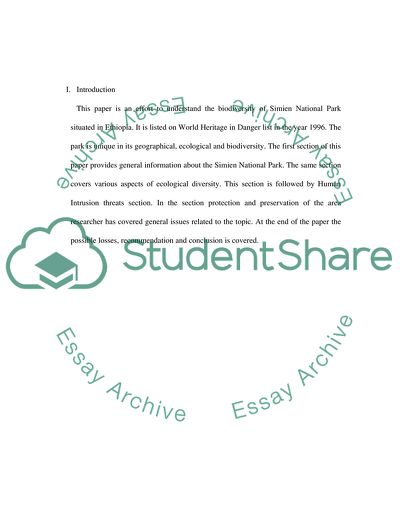Cite this document
(“Simien National Park - Ethiopia Essay Example | Topics and Well Written Essays - 1500 words”, n.d.)
Simien National Park - Ethiopia Essay Example | Topics and Well Written Essays - 1500 words. Retrieved from https://studentshare.org/miscellaneous/1542847-simien-national-park-ethiopia
Simien National Park - Ethiopia Essay Example | Topics and Well Written Essays - 1500 words. Retrieved from https://studentshare.org/miscellaneous/1542847-simien-national-park-ethiopia
(Simien National Park - Ethiopia Essay Example | Topics and Well Written Essays - 1500 Words)
Simien National Park - Ethiopia Essay Example | Topics and Well Written Essays - 1500 Words. https://studentshare.org/miscellaneous/1542847-simien-national-park-ethiopia.
Simien National Park - Ethiopia Essay Example | Topics and Well Written Essays - 1500 Words. https://studentshare.org/miscellaneous/1542847-simien-national-park-ethiopia.
“Simien National Park - Ethiopia Essay Example | Topics and Well Written Essays - 1500 Words”, n.d. https://studentshare.org/miscellaneous/1542847-simien-national-park-ethiopia.


